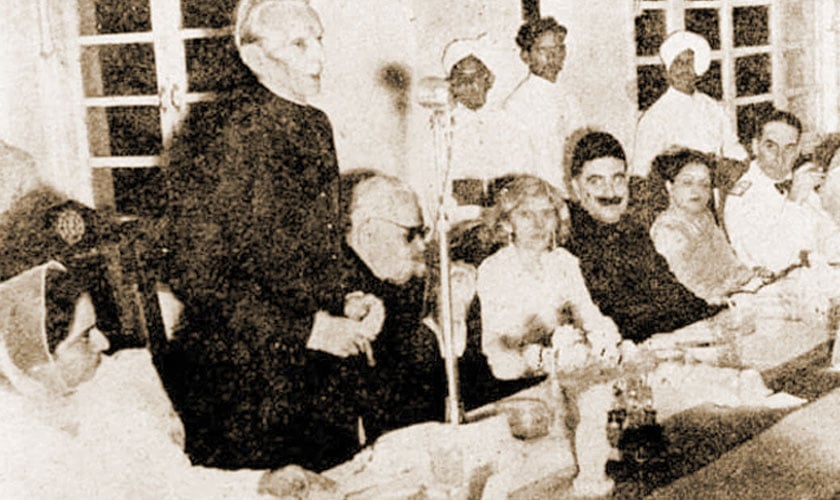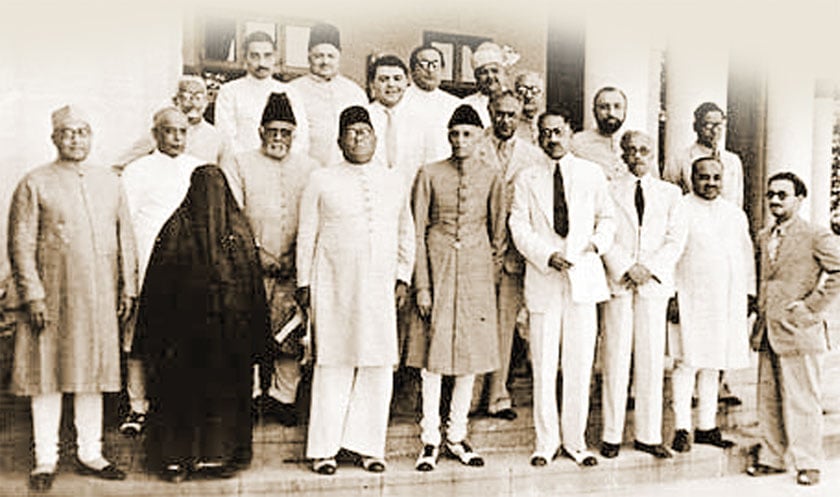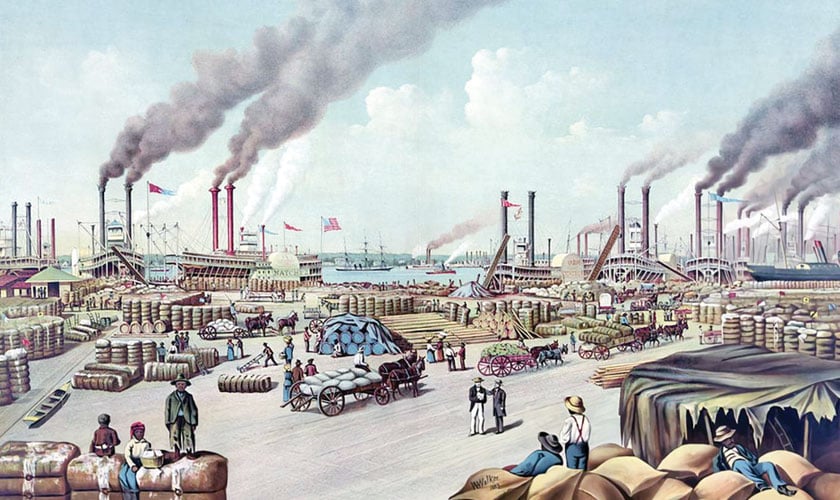OPINIONThe purpose of writing this article is to awake the national consciousness of the readers which has been slumbering for quite some time. Pakistan is facing a plethora of inherited problems, but the identity crisis did not count as one of...

www.thenews.com.pk
Media may have played its part in a mass-projection of this question....
OPINION
The purpose of writing this article is to awake the national consciousness of the readers which has been slumbering for quite some time. Pakistan is facing a plethora of inherited problems, but the identity crisis did not count as one of them until recently. This term has now become quite common. Media may have played its part in a mass-projection of this question.
This crisis has more to do with our pre-independence movement for a separate state than contemporary politics. Let’s dig into our history to understand identity crisis we are facing.
Long before the advent of the East India Company’s rule over the subcontinent, undivided India had numerous small states with their own rulers. These rulers were fair and ruled over different sects, religions and ethnicities without any prejudice to a particular religion or language. With the arrival of the East India Company, things changed and the reins of power came into the hands of the British. The subcontinent was to embark on a journey that would be unprecedented in this region’s history.
Since our erstwhile rulers were British and were under their Parliament in the UK, the European politics had a direct influence on us. The mid-18th century was the age of industrialisation in Europe. The revolutionary ideas of nationalism and liberalism - courtesy of Rousseau, John Locke and Thomas Hobbes - became popular and the climax of these movements was evident when the ancient regime in France was overthrown as a result of the French Revolution.

These new ideas did not make an impact in the subcontinent, very much to the east of the nucleus of such movements. The natives had lived with each other for centuries. Muslim and Hindus, Hindi speakers and Urdu speakers, all lived together in harmony without the prejudices of language or sect. The Britishers realised the fact that the movements that challenged the established order in the West - liberalism and nationalism - were not important in this part of the world. The East India Company did not want the followers of the two major religions to challenge their authority together. It was 1857’s War of Independence that set the tone for the British to implement their infamous “divide and rule” strategy, in order to create disharmony between the two major religions of the subcontinent.
It is crucial to underline the stark difference between the West and the East. In the West, the movements which glued the natives together were based on a common language and culture. The prime example is that of the Italians and the Germans who attempted their unification against the foreign occupation. The East, i.e. the subcontinent, was not engaged in any movement inspired by a common language. The driving force here was religion and religious extremism, which became worse due to the tactics employed by the British. It was the identical “divide and rule” practice that the Austrians used in their Hapsburg empire against the indigenous nationalities, which was experimented by the British in the subcontinent. This is how identity crisis started in the subcontinent. The British started it and we are still facing the consequences today.

Fast forward to 1940 - the year of the Lahore Resolution when the idea of Pakistan, a separate state, was presented for the very first time from the platform of All India Muslim League. The idea was for a separate country for Muslims. The fact worth noticing was that the Pakistan Movement was a protest against the excesses of the Hindus as their lawmakers. The agenda of this movement was not based on common language or culture, as in the West, but was based on common religion, which started to undermine the regional ethnicities. The advocates of this movement considered “Muslimhood” above culture. It was in this context that Quaid-e-Azam declared Urdu as our national language and not any provincial language. Had he declared any of the provincial languages as our national language, imagine the disruption that would have occurred because then the province whose language was chosen as the national language would be more dominant. This was the farsightedness of Quaid-e-Azam and his brilliance in politics.

By and large, the idea of Muslim nationalism trumped the idea of regional nationalism throughout the course of our history. The idea of a homeland for Muslims stirred the masses, and Pakistan was born as a separate state due to the efforts of the Muslim League. But, as of now, the state of Pakistan, which came into being as a result, has obtained its own life, and now the citizens, in majority, owe their allegiance more to the state and want to be called Pakistanis. Debates on ethnicity and languages undermine our identity as Muslims, and these issues were of no noticeable importance during the struggle for Pakistan; not only are they futile, they also further divide the citizens. Embracing the principle of unity in diversity, somewhat like our neighbours, should be the mantra. Today, the only question that should remain relevant is: what part can we play, as citizens, in national integration?














